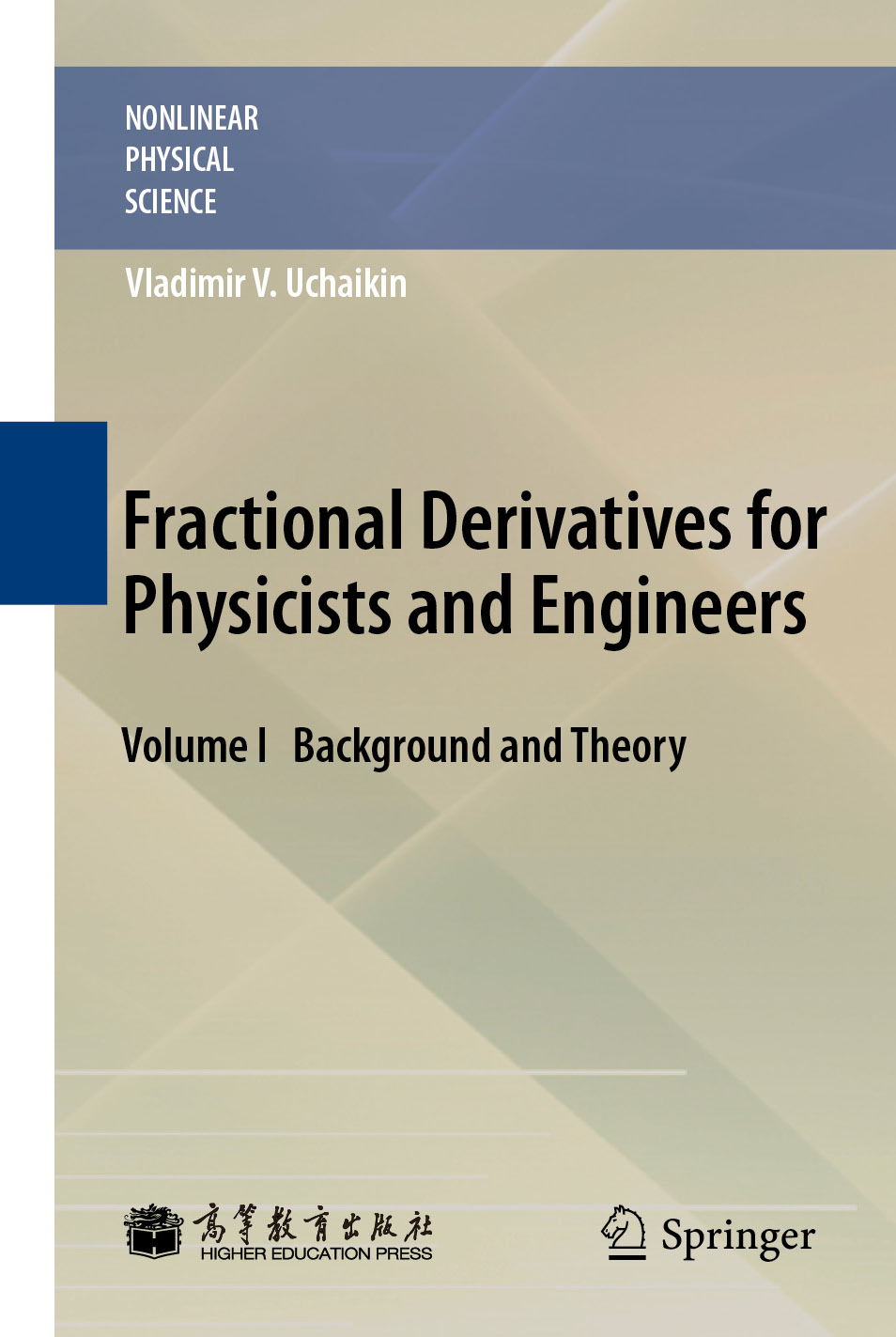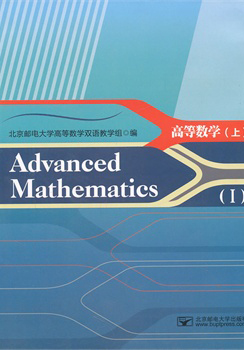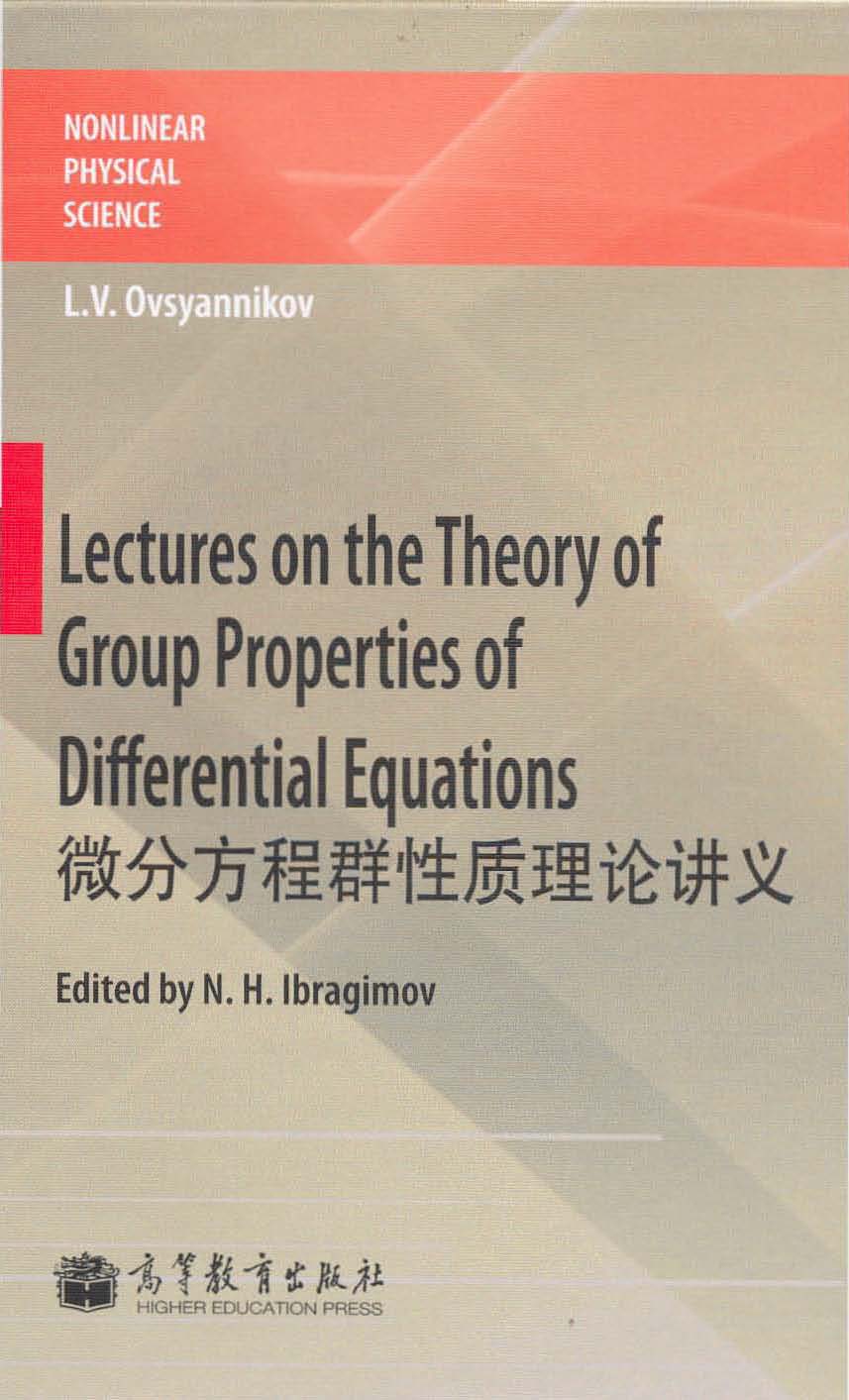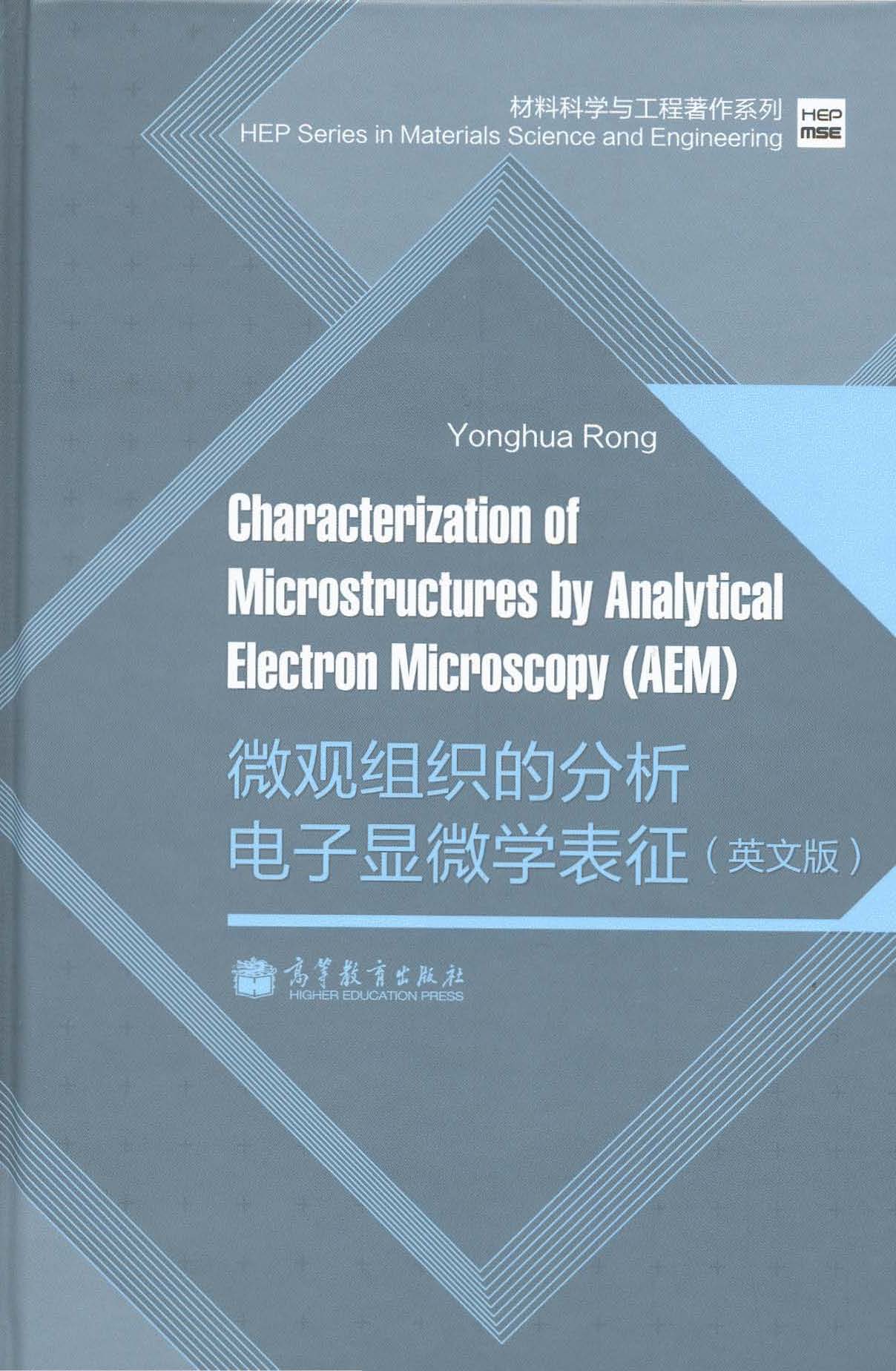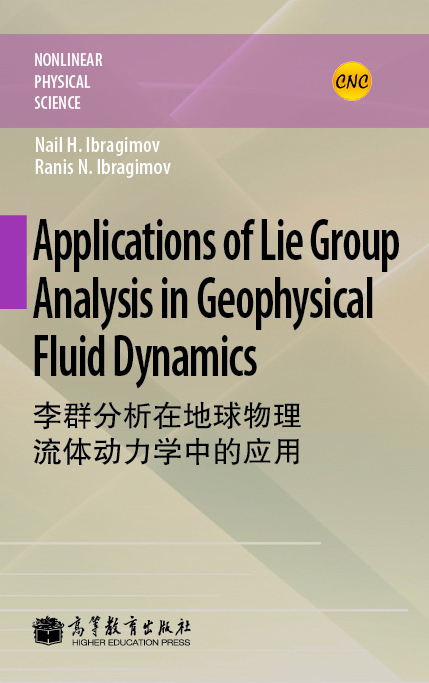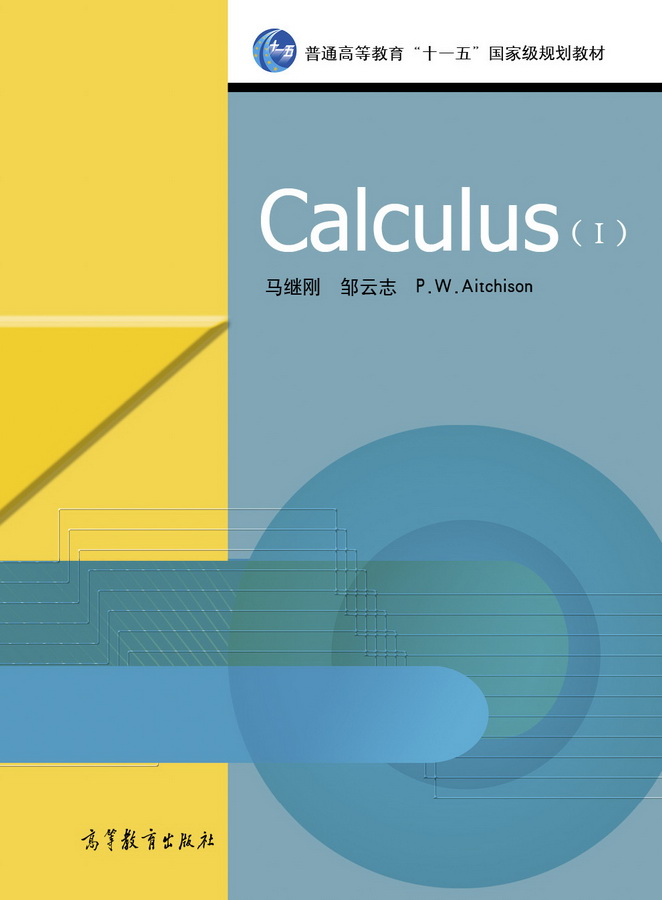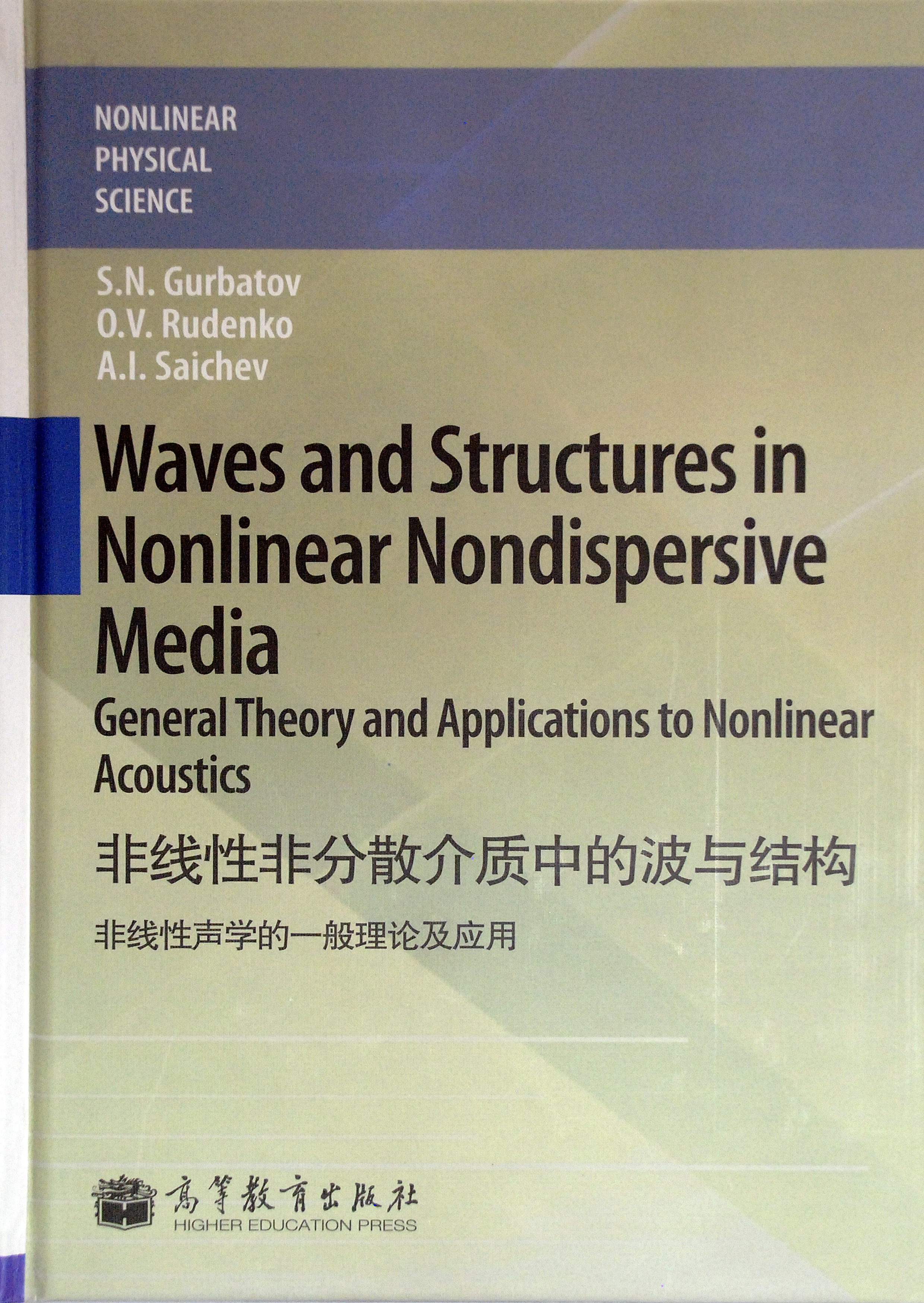物理及工程中的分数维微积分:第I卷 数学基础及其理论(英文版)
作者: Vladimir V.Uchaikin
出版时间:2013-01
出版社:高等教育出版社
- 高等教育出版社
- 9787040322354
- 1版
- 227506
- 48266022-2
- 精装
- 16开
- 2013-01
- 490
- 408
- 理学
- 数学类
- O172
- 数学
- 研究生及以上
一个运动质点位置函数的一阶导数表示速度,二阶导数表示加速度,那么分数阶导数的物理意义又是什么呢?分数阶导数是因何而产生,它对现代分析学在物理学的 应用产生什么冲击,在将来又有什么发展?《物理及工程中的分数维微积分》二卷本将为你提供一个详细诠释。 《物理及工程中的分数维微积分(第1卷数学基础及其理论)(精)》(作者尤查金)介绍分数维微积分的数学基础和相应的理论,为这个现代分析学中的重要分支 提供了详细而又清晰的分析与介绍。第Ⅱ卷是应用篇,讲述了分数维微积分在物理学中的实际的应用。在湍流与半导体、等离子与热力学、力学与量子光学、纳米物 理学与天体物理学等学科应用方面,本书给读者展示一个全新的处理方式和新锐的视角。 《物理及工程中的分数维微积分(第1卷数学基础及其理论)(精)》适合于对概率和统计、数学建模和数值模拟方面感兴趣的学生、工程师、物理学家以及其他专 家和学者,以及任何不想错过与这个越来越流行的数学方法接触的读者。
Front Matter
Part I Background
1 Heredity and Nonlocality
1.1 Heredity
1.1.1 Concept of heredity
1.1.2 A short excursus in history
1.2 Volterra’s heredity theory
1.2.1 Volterra’s heredity laws
1.2.2 Hereditary string
1.2.3 Hereditary oscillator
1.2.4 Energy principle
1.2.5 Hereditary electrodynamics
1.3 Hereditary kinetics
1.3.1 Mechanical origin of heredity
1.3.2 Hereditary Boltzmann equation
1.3.3 Fokker-Planck equation
1.3.4 Pauli and Van Hove equations
1.3.5 Hybrid kinetic equations
1.4 Hereditary hydrodynamics
1.4.1 Physical motivation
1.4.2 Polymeric liquids
1.4.3 Turbulent diffusion
1.4.4 Coarse-grained diffusion models
1.5 Hereditary viscoelasticity
1.5.1 Boltzmann’s viscoelasticity model
1.5.2 Elastic solid: a mesoscopic approach
1.5.3 One-dimensional harmonic lattice
1.5.4 Axiomatic approach to continuum mechanics
1.6 Hereditary thermodynamics
1.6.1 Mechanical approach
1.6.2 Hereditary heat-transfer
1.6.3 Extended irreversible thermodynamics
1.6.4 Axiomatic approach
1.6.5 Ecology and climatology
1.7 Nonlocal models
1.7.1 Many-electron atoms
1.7.2 Electron correlation in metals
1.7.3 Plasma
1.7.4 Vlasov’s nonlocal statistical mechanics
1.7.5 Turbulence
1.7.6 Aggregation equations
1.7.7 Nonlocal models in nano-plasticity
1.7.8 Nonlocal wave equations
References
2 Selfsimilarity
2.1 Power functions
2.1.1 Standard power function
2.1.2 Properties of power functions
2.1.3 Memory
2.1.4 Fractals
2.2 Hydrodynamics
2.2.1 Newtonian fluids
2.2.2 Turbulence
2.2.3 Microscopic fluctuations
2.2.4 Non-Newtonian fluids
2.3 Polymers
2.3.1 The Nutting law
2.3.2 Relaxation of polymer chains
2.3.3 Interpenetrating polymer networks
2.4 Reaction-diffusion
2.4.1 Diffusion
2.4.2 Polymerization
2.4.3 Coagulation and fragmentation
2.5 Solids
2.5.1 Dielectrics
2.5.2 Semiconductors
2.5.3 Spinglasses
2.5.4 Jonscher’s universal relaxation law
2.6 Optics
2.6.1 Luminescence decay
2.6.2 Anomalous exciton kinetics
2.6.3 Blinking fluorescence of quantum dots
2.7 Geophysics
2.7.1 Atmosphere and ocean turbulence
2.7.2 Groundwater
2.7.3 Earthquakes
2.7.4 Tsunami
2.7.5 Fractal approach
2.8 Astrophysics and cosmology
2.8.1 Solar wind
2.8.2 Interstellar magnetic fields
2.8.3 Scintillation statistics
2.8.4 Velocity and density statistics from spectral lines
2.8.5 Large-scale structure
2.8.6 Stochastic selfsimilarity
2.9 Some statistical mechanisms
2.9.1 Three simple examples
2.9.2 Activation mechanism
2.9.3 Tunneling
2.9.4 Multiple trapping
2.9.5 Averaging over a parameter
2.9.6 Fermi acceleration
References
3 Stochasticity
3.1 Brownian motion
3.1.1 Two kinds of motion
3.1.2 Dynamic selfsimilarity
3.1.3 Stochastic selfsimilarity
3.1.4 Selfsimilarity and stationarity
3.1.5 Brownian motion
3.1.6 Bm in a nonstationary nonhomogeneous environment
3.2 One-dimensional L´evy motion
3.2.1 Stable random variables
3.2.2 Stable characteristic functions
3.2.3 Stable probability densities
3.2.4 Discrete time L´evy motion
3.2.5 Generalized limit theorem
3.2.6 Continuous time L´evy motion
3.3 Multidimensional L´evy motion
3.3.1 Multivariate symmetric stable vectors
3.3.2 Sub-Gaussian random vectors
3.3.3 Isotropic stable distributions as limit distributions
3.3.4 Isotropic stable densities
3.3.5 L´evy-Feldheim motion
3.4 Fractional Brownian motion
3.4.1 Differential Brownian motion process
3.4.2 Integral Brownian motion process
3.4.3 Fractional Brownian motion
3.4.4 Fractional Gaussian noises
3.4.5 Barnes-Allan model
3.4.6 Fractional L´evy motion
3.5 Fractional Poisson motion
3.5.1 Renewal processes
3.5.2 Selfsimilar renewal processes
3.5.3 Three forms of fractal dust generator
3.5.4 The nth arrival time distribution
3.5.5 Limit fractional Poisson distributions
3.5.6 An alternative models of fPp
3.5.7 Compound Poisson process
3.6 L´evy flights and L´evy walks
3.6.1 L´evy Flights
3.6.2 Asymptotic solution of the LF problem
3.6.3 Continuous time random walk
3.6.4 Some special cases
3.6.5 Speed limit effect
3.6.6 Moments of spatial distribution
3.6.7 Exact solution for one-dimensional walk
3.7 Diffusion on fractals
3.7.1 Diffusion on the Sierpinski gasket
3.7.2 Equation for diffusion on fractals
3.7.3 Diffusion on comb-structures
3.7.4 Some more on a one-dimensional fractal dust
3.7.5 Flights on a single sample
3.7.6 Averaging over the whole fractal ensemble
References
Part II Theory
4 Fractional Differentiation
4.1 Riemann-Liouville fractional derivatives
4.2 Properties of R-L fractional derivatives
4.2.1 Elementary properties
4.2.2 The law of exponents
4.2.3 Inverse operators
4.2.4 Differentiation of a power function
4.2.5 Term-by-term differentiation
4.2.6 Differentiation of a product
4.2.7 Differentiation of an integral
4.2.8 Generalized Taylor series
4.2.9 Expression of fractional derivatives through the integers
4.2.10 Indirect differentiation: the chain rule
4.2.11 Asymptotic behavior as x!a
4.2.12 Asymptotic behavior of a f (n )(x) as x!¥
4.2.13 The Marchaud derivative
4.3 Compositions and superpositions of fractional operators
4.3.1 Fractional operators
4.3.2 The Gerasimov-Caputo derivative
4.3.3 Hilfer’s interpolation R-L and G-C fractional
derivatives
4.3.4 Weighted compositions of fractional operators
4.3.5 Fractional derivatives of distributed orders
4.4 Generalized functions approach
4.4.1 Generalized functions
4.4.2 Basic properties
4.4.3 Regularization of power functions
4.4.4 Marchaud derivative as a result of regularization
4.5 Integral transformations
4.5.1 The Laplace transformation
4.5.2 The Mellin transform
4.5.3 The Fourier transform
4.6 Potentials and fractional derivatives
4.6.1 The Riesz potentials on a straight line
4.6.2 The Fourier transforms of the Riesz potentials
4.6.3 The Riesz derivatives
4.6.4 The Fourier transforms of the Riesz derivatives
4.6.5 The Feller potential
4.7 Fractional operators in multidimensional spaces
4.7.1 The Riesz potentials and derivatives
4.7.2 Directional derivatives and gradients
4.7.3 Various fractionalizing grad, div, and curl operators
4.8 Concluding remarks
4.8.1 Leibniz’s definition
4.8.2 Euler-Lacroix’s definition
4.8.3 The Fourier definitions
4.8.4 The Liouville definitions
4.8.5 Riemann’s definition with complementary function
4.8.6 From Sonin’s to Nishimoto’s fractional operators
4.8.7 Local fractional derivatives
4.8.8 The Jumarie nonstandard approach
References
5 Equations and Solutions
5.1 Ordinary equations
5.1.1 Initialization
5.1.2 Reduction to an integral equation
5.1.3 Solution of inhomogeneous R-L fractional equation
5.1.4 Solution of the inhomogeneous G-C fractional equation
5.1.5 Indicial polynomial method
5.1.6 Power series method
5.1.7 Series expansion of inverse differential operators
5.1.8 Method of integral transformations
5.1.9 Green’s function method
5.1.10 The Adomian decomposition method
5.1.11 Equations with compositions of fractional operators
5.1.12 Equations with superpositions of fractional operators
5.1.13 Equations with varying coefficients
5.1.14 Nonlinear ordinary equations
5.2 Partial fractional equations
5.2.1 Super-ballistic equation
5.2.2 Subballistic equation
5.2.3 Subdiffusion equation
5.2.4 The normalization problem
5.2.5 Subdiffusion on a half-axis
5.2.6 The signalling problem
5.2.7 The telegraph equation
5.2.8 Multidimensional subdiffusion: the Schneider-Wyss solution
5.2.9 One-dimensional symmetric superdiffusion
5.2.10 Equations with L´evy-superposition of R-L operators
5.2.11 Equations with the Feller, Riesz, and Marchaud operators
5.2.12 L´evy-Feldheim motion equation
5.2.13 Fractional Poisson motion
5.2.14 L´evy-Poisson motion
5.2.15 Fractional compound Poisson motion
5.2.16 The link between solutions
5.2.17 Subordinated L´evy motion
5.2.18 Diffusion in a bounded domain
5.2.19 Equation for diffusion on fractals
5.2.20 Equation for flights on a fractal dust
5.2.21 Equation for percolation
5.2.22 Nonlinear equations
References
6 Numerical Methods
6.1 Gr¨unwald-Letnikov derivatives
6.1.1 Fractional differences
6.1.2 The G-L derivatives of integer orders
6.1.3 The G-L derivatives of negative fractional orders
6.1.4 The G-L derivatives on a semi-axis
6.2 Finite-differences methods
6.2.1 Numerical approximation of R-L and G-C derivatives
6.2.2 Numerical approximation of G-L derivatives
6.2.3 Estimation of accuracy
6.2.4 Approximation of the Riesz-Feller derivatives
6.2.5 Predictor-corrector method
6.2.6 The linear scheme
6.2.7 The quadratic and cubic schemes
6.2.8 The collocation spline method
6.2.9 The GMMP method
6.2.10 The CL method
6.2.11 The YA method
6.2.12 Galerkin’s method
6.2.13 Equation with the Riesz fractional derivatives
6.2.14 Equation with Riesz-Feller derivatives
6.3 Monte Carlo technique
6.3.1 The inverse function method
6.3.2 Density estimation
6.3.3 Simulation of stable random variables
6.3.4 Simulation of fractional exponential distribution
6.3.5 Fractional R-L integral
6.3.6 Simulation of a fractal dust in d-dimensional space
6.3.7 Multidimensional Riesz potential
6.3.8 Bifractional diffusion equation
6.4 Variations, Homotopy and Differential Transforms
6.4.1 Variational iteration method
6.4.2 Homotopy analysis method
6.4.3 Differential transform method
References
Index

